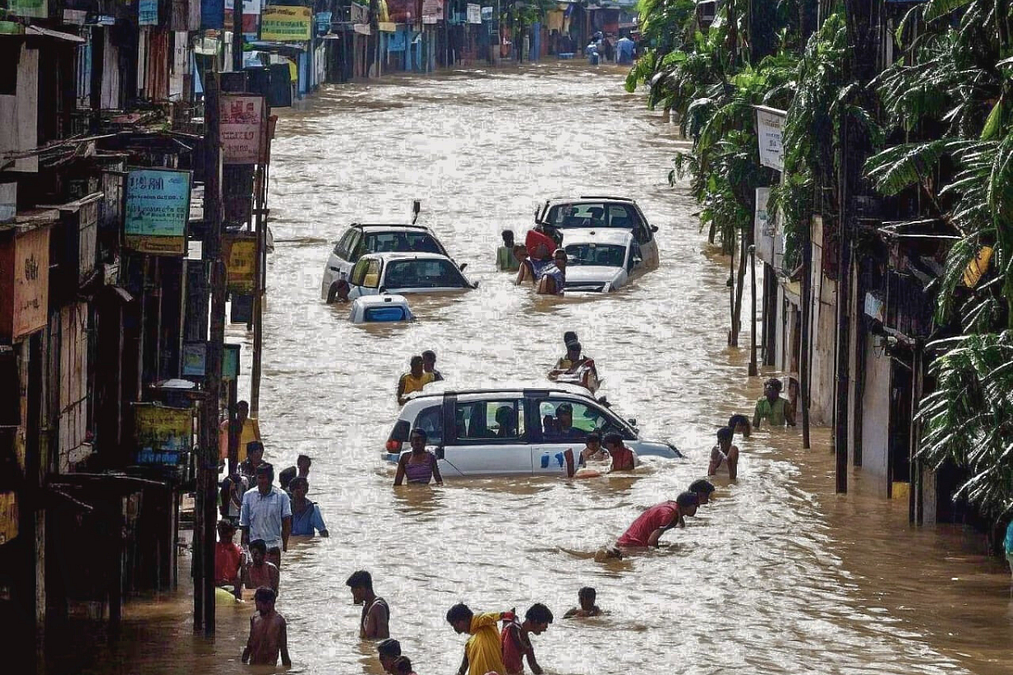In a crucial step towards mitigating flooding in East Velachery, the Chennai Corporation has commenced an ambitious flood prevention project. The Corporation is constructing a massive pond designed to hold 4 million cubic feet of rainwater. This pond will serve as a crucial reservoir for water runoff from several localities, including VGP Selva Nagar, Annai Indira Nagar, Sarathy Nagar, and Balakrishna Nagar. Located on land provided by the revenue authorities, the pond aims to improve the flow of rainwater into the Pallikaranai marshland through a six-vent culvert located near the Mass Rapid Transit System (MRTS).
Historically, flooding in East Velachery has been exacerbated by insufficient desilting of the culvert near Velachery station. The MRTS and Station Service Road, which run along the marshland’s perimeter, have created a barrier for rainwater runoff, particularly affecting residential areas. This project is a long-awaited relief for these flood-prone areas, as the culvert will now function more effectively to channel excess rainwater into the marshland, significantly reducing flood risks.
In a statement, a senior official of the Adyar Zone highlighted that this initiative follows a detailed drone survey. A similar large pond already exists on the other side of the culvert, allowing the project to enhance the current flood mitigation system. The official also noted plans to restore the damaged macro canal, which runs along the Station Service Road and links to the stormwater drainage systems in residential areas. Years of neglect have left the canal damaged, and its restoration will be pivotal in further reducing flooding.
From a sustainability perspective, this project represents a balanced approach to managing urban development and ecological conservation. The Pallikaranai marshland, one of the few remaining natural wetlands in Chennai, plays an essential role in controlling floods and maintaining biodiversity. Strengthening its link to Velachery through improved water channels will not only protect the marshland but also contribute to the city’s environmental resilience. In the wake of increasingly unpredictable monsoon seasons, this pond construction could set a benchmark for urban flood prevention strategies across Indian cities.




